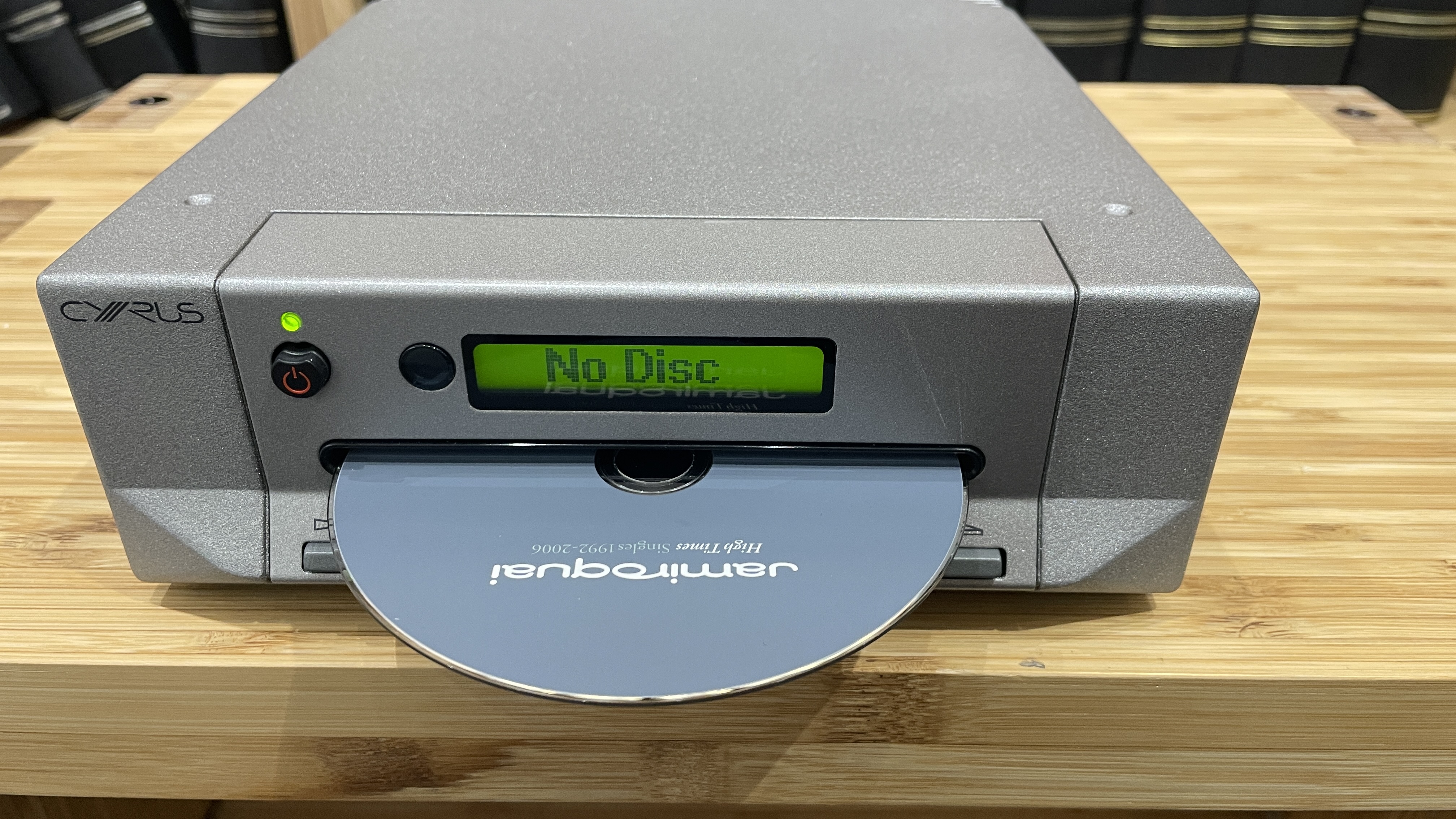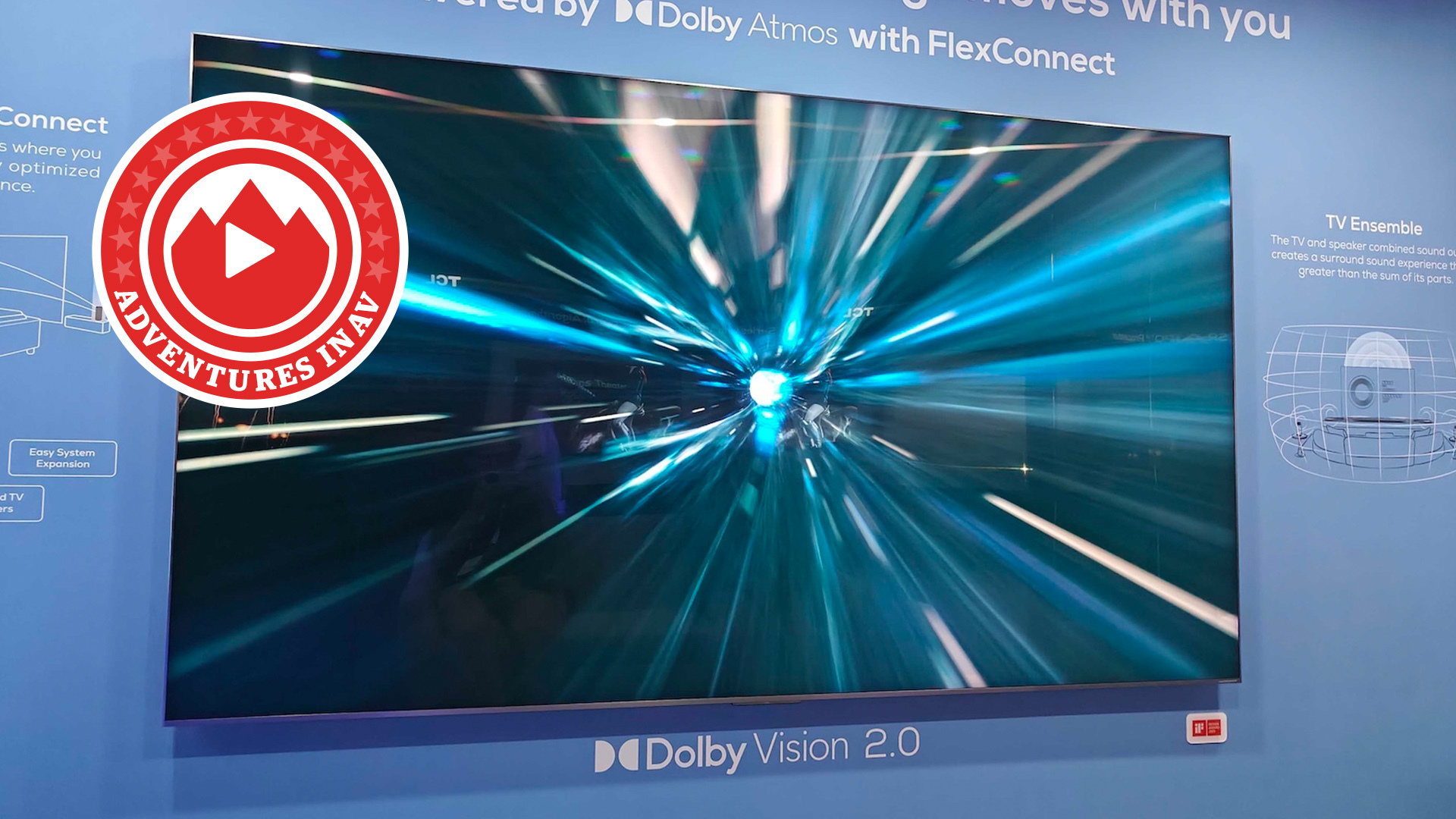
So the Compact Disc is in terminal decline, it seems. Everyone is streaming, so those charity shops once stacked high with boxes of discarded vinyl records now have stacks of old CDs instead at a buck or two a pop. It’s currently one of the cheapest ways to acquire music.
I fear that such bargains will not last. Charity-shop CDs are thinning out already: there are only so many old CD collections to be donated, and besides, the very downward trajectory of CD has already started secondhand disc prices rising on online auction sites. The format is now possibly approaching the point where it may be unsuccessful enough to become cool again, like vinyl. Since cassettes have made a comeback I’ve given up trying to predict anything in this crazy world of audio reproduction.
I’ve always considered CD playback to be a pretty bizarre way of moving a digital music file from one place to another. Today we’d put the file on a stick or in Dropbox or even attach it to an email, and off it goes. But for many years record companies moved files from their storage systems to our hi-fi systems by the faintly ridiculous method of punching tiny holes in a sheet of silver and then trying to read the holes back accurately with a laser while spinning the disc at very high and variable speeds. Pretty complicated when you think about it, and it’s why CD players don’t last as long as loudspeakers. But it solved the problem of music files being too big to send easily any other way. Back then.
From discs to downloads
But the internet got faster, while the size of music has remained relatively static. When we were first able to download files and just play them as files, I remember it seemed rather liberating, and a lot more sensible and potentially reliable than the whole punching-holes-in-silver thing. I fully expected the world to start downloading files instead of playing discs, but could never see quite how they’d sell them commercially – how would you package them in shops, on a stick?
USB sticks were more expensive than CDs back then. So internet downloads seemed to be the future.
But of course few people were actually ‘buying’ them; for a good few years around the millennium, the nascent internet was so alive with shared BitTorrent and Limewire and Napster music files that it almost threatened the available internet bandwidth available for porn. Legally it was chaos; the record companies were doing their corporate nuts, while the networks claimed to be ‘peer-to-peer’, so not really distribution. Was this stealing, or sharing?
Only recently a friend of mine, a hi-fi writer who is a former member of the constabulary, explained to me that one of the necessary elements for the common law definition of larceny is "to permanently deprive the owner (of the property) of the use therein." And copying their music file doesn’t do that: they still have it. If I walked off with their CDs or albums, it would be a different matter.
The latest hi-fi, home cinema and tech news, reviews, buying advice and deals, direct to your inbox.
Copying and/or sharing is not really stealing, then, as such, your honour, honestly it isn’t. Music could be defined as a ‘non-rivalrous good’ – a public good consumed by people but whose supply is not affected by consumption.
So it is copyright protection which theoretically stops us from legally copying music. As my legally-informed friend instructs me, the US Constitution included protection for “Writings and Discoveries”, and that has been taken to include music. So the economic value of music, such as it is, is a legal creation of government.
All in all, I imagine record companies are now probably preferring streaming to the buying and downloading of files. Streaming has taken a lot of power out of their hands and into those of Spotify and Tidal, and we often hear how paltry are the payments to artists, but at least we can’t (easily) make endless copies and throw them around the internet any more. Well, yes, I know people still do that, but it’s fairly clearly considered to be wrong these days.
Back to 48k
Oh, and something else has changed as well. The rise of streaming, and the concomitant decline of CD has had one small but interesting effect, which you may have noticed if you have a DAC which shows you the quality of your stream.
The sampling frequency for music on CD has always been 44.1kHz, or 44,100 samples of 16-bit data points every second. That’s CD quality.
So in the early days of file streaming, your DAC would probably have shown 44.1kHz as well, because many streaming files were derived from the CD masters. The high-resolution equivalent of 88.2kHz is less common, for a very good reason: very few studios ever switched to recording at either 44.1kHz or 88.2kHz. Recording invariably happens at the 96kHz or 192kHz which is the usual sampling rate of high-resolution audio files. Hence most files streaming today come through at 48kHz or 96kHz, coming separately from studio masters, not CD masters.
Through the whole run of CD dominance, then, studios were recording at 96kHz, but the CDs were made from a file that had been converted to 44.1kHz. That’s not a good multiple; it involves resampling nearly every data point, so that in reality, what you’re hearing on a CD is an estimate of the sampled music’s values, not the actual music at all. Those silver discs – they’re all guesswork.
So why the heck did they choose 44.1kHz instead of 48kHz for CDs? This is one of those hi-fi questions that can have a different answer depending on where you look. The rough figure of 40kHz has an obvious derivation – ye olde Nyquist's theorem, which defines the top reproducible frequency as being half the sampling frequency; humans can hear up to 20kHz (if you’re young and healthy and have never worn headphones, otherwise you’re probably down to 16kHz like the rest of us). So our hearing demands around a 40kHz sampling rate. Add a bit extra to take account of a filter slope, and there we are, around 44.1 or 48kHz. But why the difference between the two?
There are some entertaining rumours that the difference was deliberately introduced in the early days of digital music by record companies (Sony) paranoid about people making perfect copies to media such as DAT (digital audio tape, which ran at 48kHz). This is entirely believable, though I never heard of it at the time.
More likely is British audio writer John Watkinson's explanation that the 44.1kHz comes from the days when digital audio was being recorded to video tape, because hard drives didn't have enough capacity for long recordings (the ‘writing’ was also originally too slow for real-time recording), which is why we needed CDs in the first place. I still have one of these 'pseudo-video' digital tapes from 1984, the second time I ever hired a recording studio; if you play that tape on a VCR, it looks like rippling snowy vertical stripes of visually stored audio bits, three bits to a line. The rate at which these could be recorded depended on such variables as frame rate (or field rate, in an interlaced system), and the number of lines per field.
The sums can be found fairly easily online, but basically 44.1kHz was the ideal for both 50Hz and 60Hz video systems once blanking lines were taken into account. This was locked in by the famous Red Book standard for CD mastering.
So the majority of your CDs have probably been downsampled perilously from studio to disc. And streaming has now righted that wrong; we can indeed enjoy ‘studio-quality’ music from the streams of the internet, given the right provider, the right source and the required bandwidth. So take that, all you CD diehards.
Bit-perfect?
There is one remaining question: are the streaming services compressing the music destructively in order to squeeze it down the pipes of the interwebs?
Or are they really sending down the full-fat goodness of the original studio file direct to our waiting hi-fis? Is it bit-perfect, or is there data compression?
This is a horrendous question to answer: I wouldn’t know where to start. But my friend and hi-fi writer mentioned above does, and he’s just done the testing to produce a fascinating, in-depth read on whether or not Tidal is truly lossless.
MORE:
CD, streaming and vinyl: this versatile hi-fi system has it all
Hi-res music streaming services compared: which should you subscribe to?

Jez is the Editor of Sound+Image magazine, having inhabited that role since 2006, more or less a lustrum after departing his UK homeland to adopt an additional nationality under the more favourable climes and skies of Australia. Prior to his desertion he was Editor of the UK's Stuff magazine, and before that Editor of What Hi-Fi? magazine, and before that of the erstwhile Audiophile magazine and of Electronics Today International. He makes music as well as enjoying it, is alarmingly wedded to the notion that Led Zeppelin remains the highest point of rock'n'roll yet attained, though remains willing to assess modern pretenders. He lives in a modest shack on Sydney's Northern Beaches with his Canadian wife Deanna, a rescue greyhound called Jewels, and an assortment of changing wildlife under care. If you're seeking his articles by clicking this profile, you'll see far more of them by switching to the Australian version of WHF.
